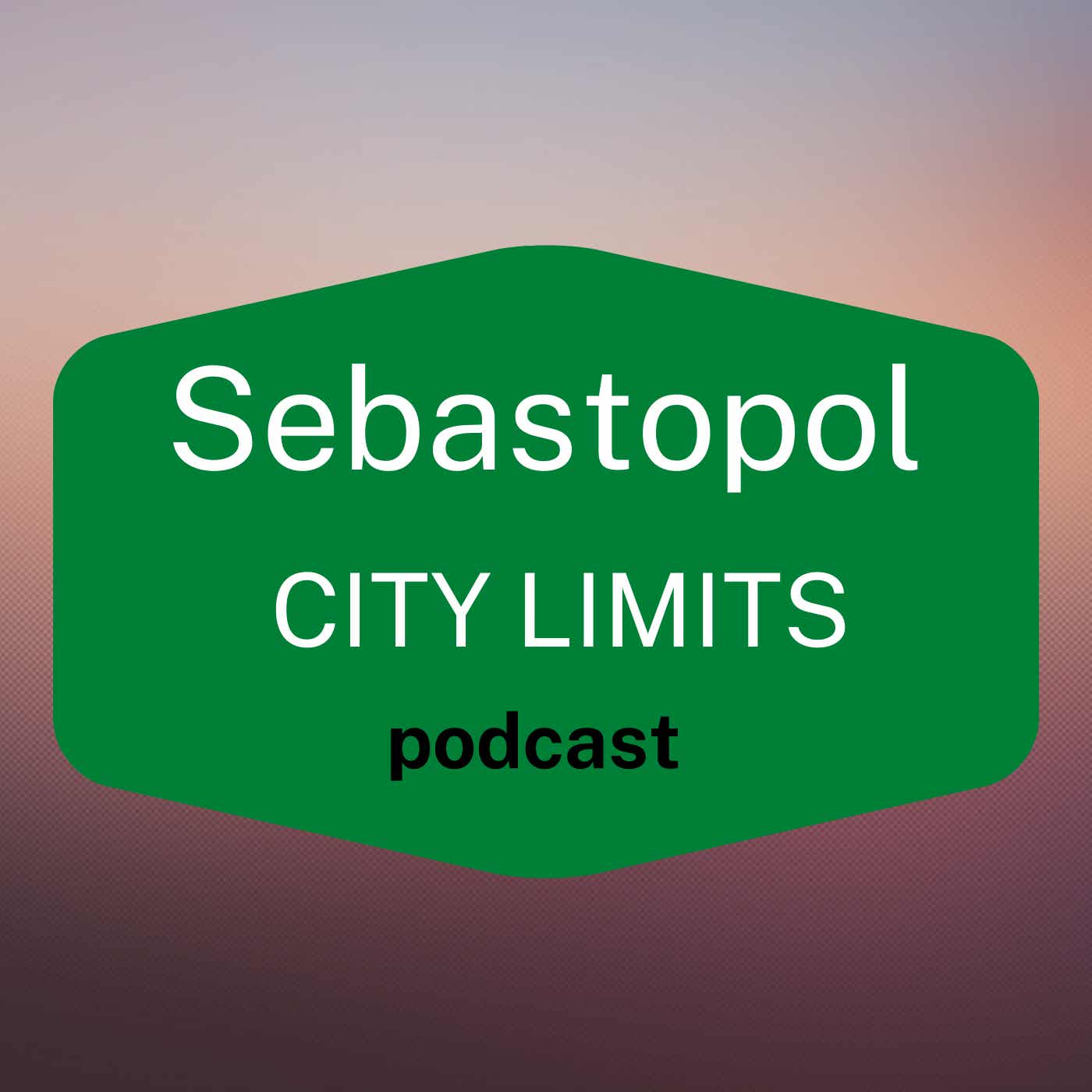- After-Shows
- Alternative
- Animals
- Animation
- Arts
- Astronomy
- Automotive
- Aviation
- Baseball
- Basketball
- Beauty
- Books
- Buddhism
- Business
- Careers
- Chemistry
- Christianity
- Climate
- Comedy
- Commentary
- Courses
- Crafts
- Cricket
- Cryptocurrency
- Culture
- Daily
- Design
- Documentary
- Drama
- Earth
- Education
- Entertainment
- Entrepreneurship
- Family
- Fantasy
- Fashion
- Fiction
- Film
- Fitness
- Food
- Football
- Games
- Garden
- Golf
- Government
- Health
- Hinduism
- History
- Hobbies
- Hockey
- Home
- How-To
- Improv
- Interviews
- Investing
- Islam
- Journals
- Judaism
- Kids
- Language
- Learning
- Leisure
- Life
- Management
- Manga
- Marketing
- Mathematics
- Medicine
- Mental
- Music
- Natural
- Nature
- News
- Non-Profit
- Nutrition
- Parenting
- Performing
- Personal
- Pets
- Philosophy
- Physics
- Places
- Politics
- Relationships
- Religion
- Reviews
- Role-Playing
- Rugby
- Running
- Science
- Self-Improvement
- Sexuality
- Soccer
- Social
- Society
- Spirituality
- Sports
- Stand-Up
- Stories
- Swimming
- TV
- Tabletop
- Technology
- Tennis
- Travel
- True Crime
- Episode-Games
- Visual
- Volleyball
- Weather
- Wilderness
- Wrestling
- Other
Steve Fowler on the Luther Burbank Experiment Farm
Press Fest is this Saturday at the Luther Burbank Experiment Farm from 10 to 2pm. You’ll be able to use an antique apple press or a more modern electric one to make delicious juice from local apples. This week, I had the opportunity to talk to Steve Fowler who was curator at the Luther Burbank Experiment Farm from 1989 until 2010.Fowler is the one person who knows as much about the farm’s past as well as its present as a historical museum and active farm. For this conversation, we sat in the cottage at a large table. I pressed record and really just listened to Steve talk. He has a wonderful deep voice, which has also served him well in various roles as an actor. He’s been part of the Cemetery Walk for 15 years, playing local notables such as Jasper O’Farrell and Willard Libby. (We’ll cover the Cemetery Walk next week.). See Steve and others involved in the farm at Press Fest on Saturday.Transcript: Steve Fowler on the Luther Burbank Experiment FarmDale: From 1989 until 2010, Steve Fowler was the curator at the Luther Burbank Experiment Farm in Sebastopol. We met this week at the cottage on the farm and sat around a large table surrounded by all kinds of Burbank memorabilia. I pressed record and really just listened to Steve talk about Luther Burbank, the experiment farm, and the efforts to save the farm and continue its work in the present.Steve: I'm Steve Fowler. I'm a landscape gardener by trade. I'm retired since 2010. And when I retired, I gave up the job of curator of the Burbank Farm, a position I'd had since 1989.I had an intimate knowledge of just about every square foot of the Burbank Experiment Farm in Sebastopol. Dale: How big is the farm today?Steve: I'm going to say two and a half acres. It expanded and contracted depending on negotiations with the city and also with the Burbank Heights Corporation that did senior housing next door.And at first was very resentful of the farm. Don Dowd and I didn't see eye to eye in those days because I was the representative of the farm and the only person who was ever over here, at first. I've seen a lot of water go under the bridge, so to speak. Dale: What was the size of the experiment farm in Luther Burbank's day? Steve: It was 15 acres. We always say 15 acres. And if you look behind you, you'll see a map that represents those 15 acres. There was a time when he owned part of what is now the cemetery and the story is that he gave it up because there were too many gophers. He was trying to grow gladiolus up there and they were just killing him. That's an original map. It shows the, literally, tens of thousands of plants that were here at that time. It was completely fenced because Burbank did not want anybody messing around over here. There was no plant patent law, and his experiments could be easily stolen, particularly when they got to the point where they were about ready to be introduced. It's also said that he searched the pockets of his employees to make sure they weren't carrying any seeds or twigs. Horticulture is so portable because of the fact that you can make cuttings from just about anything and of course seeds are almost invisible.He charged, and we have right here a ticket, $10 for a quarter of an hour if you wanted to come visit him here at the farm. And in those days... I think that ticket is dated 1916. That's funny to say that. It's such a bygone century. But in 1916, ten bucks would buy you a suit of clothes, I'm sure.Maybe pay the rent on an apartment for a month or something like that. It was a lot. It was prohibitive and that was the idea. Because he really wanted to be left alone over here. If he wanted to show off, he would do it over in Santa Rosa at his house, h

